|
Eye strain and blue light are major buzz words in the last couple years and it seems everyone is talking about it. From the start of the internet until December 31st 2010 there are 135,000 results on Google but from January 1st 2011 until today there are over 39,000,000 more results! What is blue light? Blue light is a color in the visible light spectrum that is short wavelength and higher energy than other wavelengths of light. Blue light comes from the sun, computers, smart phones, TVs, tablets, and LED and fluorescent lights. Electronic devices emit more blue light than any other light. Does blue light cause health problems? Blue light has been blamed for loss of sleep, headaches, eye strain, and even eye damage like macular degeneration. Laboratory studies on mice have shown that prolonged exposure to high intensity blue light damages retinal cells. Human studies have not shown this same negative effect on humans however because our eyes are different than those of mice. What's the truth about blue light? Sunlight is almost all blue light and on a sunny afternoon it is about 100,000 brighter than your phone or computer screen. There have been no studies that show exposure to sunlight cause macular degeneration. So don't worry about your screens causing eye damage, but do continue to wear sunglasses outside because they are helpful.
0 Comments
The MRI, or magnetic resonance imaging, is an amazing piece of technology. But MRIs continue to be overused even after guidelines in 2007 from the American College of Physicians and American Pain Society strongly discourage the use of MRIs for many patients with back pain. The rate of MRI has continued to grow since 2007, if at a slower rate. The problem with MRIs in many situations of back pain, shoulder pain, knee pain, etc is that the results of an MRI don't often show what is causing the pain the person is experiencing. And MRIs can show abnormalities that have nothing to do with the person's pain sometimes leading to unnecessary, costly and dangerous surgery. Here are some of the main points these studies have shown:
References and more information:
https://www.acpjournals.org/doi/10.7326/0003-4819-147-7-200710020-00006 https://jamanetwork.com/journals/jama/fullarticle/2749213 https://www.painscience.com/articles/mri-and-x-ray-almost-useless-for-back-pain.php Almost every new client I talk to will hear me say, "You are bent, not broken." Why? Because think of how it changes your thinking. If something is broken, it needs to be fixed, repaired, replaced, or if it can't be fixed, you have to live with the broken thing forever. In contrast, if something is bent, all that has to be done is to bend it back a little. When a client contacts me for a free posture evaluation, they almost always have chronic pain that is getting in the way of their life and often have been given some kind of diagnosis: arthritis, stenosis, herniated disc, tendonitis, bursitis, torn ligament, meniscus tear, etc. The client thinks they are broken and the medical system has reinforced this thinking and has often told them the only way to get better is to have surgery to fix the broken piece. The client is feeling hopeless and doomed to a life of pain. The problem with this thinking is that often the arthritis, stenosis, or herniated disc isn't the cause of the pain the client is experiencing. The arthritis, stenosis, or herniated disc is a symptom they are experiencing just like the pain is a symptom they are experiencing. The question we have to ask is: what is causing the pain and the arthritis, stenosis, or herniated disc? The answer to that question is: your posture. Your posture is bent. You are bent not broken.
And you can bend your posture back into better alignment and when you do your pain will go away and your body can heal itself. That's what I do as a Posture Alignment Therapist - help people bend their bodies back into better alignment. When you understand that you are bent and not broken, you believe you can and will get better and that's the key to it all. You must believe. Pete Egoscue rewrote his best-selling book Pain Free and recently released it. Much of the book is rewritten and new and definitely worth checking out. "The ideas that Pete Egoscue brings to the world of nonoperative orthopedics are thoughtful, insightful, a bit controversial but undeniably USEFUL! In this book you will find very practical and quite often amazingly effective advice for dealing with joint pains and contractors. I have used many of Pete's thought-processes (and E-cises) in caring for my patients over the years; they work quite often, quite well. This is a short, easy-to-read, and actually pretty interesting book-buy it, read through-sooner or later you're going to need it!" - Scott V. Haig, M.D., assistant clinical professor of orthopedic surgery, Columbia University, author of Orthopedic Emergencies: A Radiographic Atlas "We have seen firsthand how Pete Egoscue's method has cured people who suffered with chronic pain for years. He helped transform Sonia from a young mother with debilitating back pain to a strong, confident, active woman. Our entire family and network of friends have relied on The Egoscue Method to help our bodies achieve their original design, thereby freeing us from pain and unleashing our full potential. The same can happen for you. No one knows the body like Pete Egoscue. He is a genius, a marvel, and a movement, and this book can literally and legitimately change our world, one body at a time." - Sonia and Paul Tudor Jones Buy your copy of Pete Egoscue's new Pain Free book here.
I was featured as an expert in a recent article published on Porch.com talking about tips for improving your posture at home. Below is an excerpt and link the full article: From working in a home office to cleaning, follow these simple tips given by our experts for good posture at home and watch your life improve, remember to stay active and do some stretching and the correct exercises as often as possible to keep your body limber and strong.
How can you improve your posture? Wearing minimalist shoes can significantly help improve your posture. This is because traditional shoes raise the heel anywhere from 14-25mm, whereas zero-drop or minimal-drop shoes can range from 0-6mm on average. A more flexible sole may seem counterintuitive, however, the supple footbed does not restrict the foot’s natural movement and encourages full range of motion not just of the feet, but also the hips, knees, ankles, and pelvis. When you switch to minimalist shoes, it’s likely that you’ll start to notice improved posture when you stand or walk, as well as reduced pain in the back, knees, and hips. Andrea Canavan from Lems Shoes What are the long-term risks of bad posture? Stresses on the body’s internal processes, hunching over will put pressure on the abdomen area and the chest, which will lead to poor digestion. Limiting oxygen supply is also a factor in poor posture, when you open your body out, it allows your body to breathe in more effectively reaching the vital organs. Bad posture over time will lead to a misaligned spine, known as vertical subluxation. This means the spinal discs are prone to degrade, constriction to blood vessels and you’re more likely to be linked to conditions such as arthritis in different areas of the body such as the knees. Over time stress and strain to bones, joints, and ligaments is very common. Max Swire from Back Pain Help What are the most common posture related issues? The most common posture related symptoms are lower back pain, neck pain, shoulder pain, hip pain, and knee pain. Posture imbalances cause these symptoms are thoracic flexion (rounding of the upper back), forward head posture, swayback (hips forward of the ankles and shoulders behind the hips), and anterior pelvic tilt (pelvis tilted down in the front). When addressing these posture imbalances to help eliminate pain and improve performance, it is important to treat the body as a unit. This means even if someone has forward head posture and neck pain, we don’t want to just focus on the head and neck but look at the rest of the body to figure out the underlying cause of the forward head posture. In this case, we will often see thoracic flexion and swayback posture. Swayback posture is usually caused by weakness in the hip and pelvic muscles and because of this weakness the hips don’t have the strength to support the spine and upper body. This causes the hips to move forward and the upper back to take over the stability work of the body. Matt Whitehead from Oregon Exercise Therapy Continue reading here. Since March 2020 the United States and the rest of the world have been dealing with the coronavirus and COVID-19. We have all been dealing with staying at home, working remotely, having our kids at home for virtual school, wearing masks, social distancing, avoiding social gatherings, missing seeing family and friends in person, and trying to deal with the same everyday stresses. Businesses have closed. Many people have lost their jobs. Some have lost loved ones to COVID-19. Others are dealing with long-term effects of having had COVID-19. One thing we shouldn't have to deal with on top of all the above stresses, is musculoskeletal pain. The way most of our lives have changed in the last year has meant decreased physical activity. Many of us have been unable to go to gyms regularly, meet with running, hiking, or cycling groups, go to our yoga studios, and because we've been on lockdown or just staying at home we are walking and moving much less than ideal. This decreased movement can lead to lower back pain, knee pain, tension headaches, achy shoulders, and neck pain. Many people have been unable to get their regular massages or acupuncture, see their osteopath or chiropractor as usual, haven't been able to do Pilates, yoga, or see their personal trainer weekly, and this is exacerbating their pain symptoms. But this doesn't mean you have to live in pain until COVID-19 is gone and life is back to normal. You can do online live Posture Alignment Therapy over Zoom from the comfort and safety of your home! I've been seeing clients 100% online since March 2019 and have helped hundreds of people improve their posture and eliminate their pain using Zoom video therapy. Virtual or video therapy works the exact same as in-person in-clinic therapy. It's a one-on-one hour long appointment where we discuss your pain, evaluate your posture, perform functional tests and gait analysis, and walk you through personalized e-cises. I've been doing video therapy with clients for over 15 years so I'm very experienced in doing therapy this way, but clients who are brand new to this idea have been blown away with how effective and easy it is. I just email you a Zoom link which you click at your appointment time and that's it. After your appointment I email your ecise menu to you which includes pictures, descriptions, and videos of all your therapy exercises. You don't have to live in pain another day. Contact me today for your free 30-minute posture evaluation on Zoom. Luckily vaccines are being distributed and there is a light at the end of the tunnel. Hopefully soon we can start getting back to eating at restaurants and bars, reopening our businesses, traveling, and most importantly seeing friends and family again. In the mean time, get and stay pain free with Zoom video therapy.
The Egoscue Posture Therapy software called ePete which has been used by Egoscue therapists around the world for almost 2 decades has undergone a major update and is all new. ePete 2.0 is best-in-class modern technology now used by Egoscue Clinics and Egoscue Institute certified Posture Alignment Therapists around the world including Oregon Exercise Therapy. ePete 2.0 allows your Egoscue therapist to create highly sophisticated personalized ecise menus designed to restore your posture and eliminate your pain allowing you to live a pain free and active life.
Your Egoscue menus created with ePete 2.0 are viewable on the new Egoscue client iPhone and Android/Google apps. Learn more about the Egoscue client apps here. Egoscue has recently updated their proprietary posture alignment therapy software called ePete. With the update of ePete, there has also been an update of the client mobile phone apps used to view your personalized Egoscue menus created by Oregon Exercise Therapy. Download your Egoscue iPhone app or Egoscue Android/Google app today. Cats and Dogs is a wonderful ecise that I highly recommend everyone do daily. Cats and Dogs reminds our pelvis and spine to flex and extend and it unlocks our body from the constant flexion many of us spend our days in. Cats and Dogs also restores symmetry and balance to our bodies by reminding both hips, shoulders, and sides of our back to do the same thing. Many of us are one-side dominate which creates rotation and/or elevation of our hips or shoulders, and cats and dogs can help restore balance. I recommend doing at least 10 cats and dogs every morning and evening, but feel free to do them anytime you want.
Related articles/videos:
Swimmer's posture How posture affects lung capacity Neck curvature and car accidents Cats and Dogs I was interviewed for an article about upper back strength by mapmyrun and provided three simple exercises to improve posture and upper back strength and function which will allow you to run more efficiently and help prevent injury. Check out the entire article and try the exercises today and notice how it impacts your running. |
About Matt WhiteheadI'm an Egoscue Institute® certified Postural Alignment Specialist (PAS) and Advanced Exercise Therapist (AET), certified personal trainer, PatchFitness performer, ultra trail runner, mountain biker, dad, music lover, environmentalist, and wanna-be slam dunk champion. I will be providing you with the latest posture exercises to help you live, play, and be pain free. Archives
June 2024
Categories
All
|
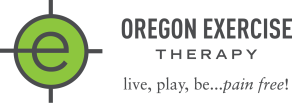
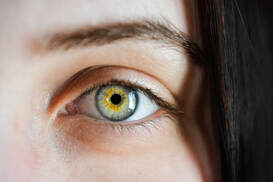



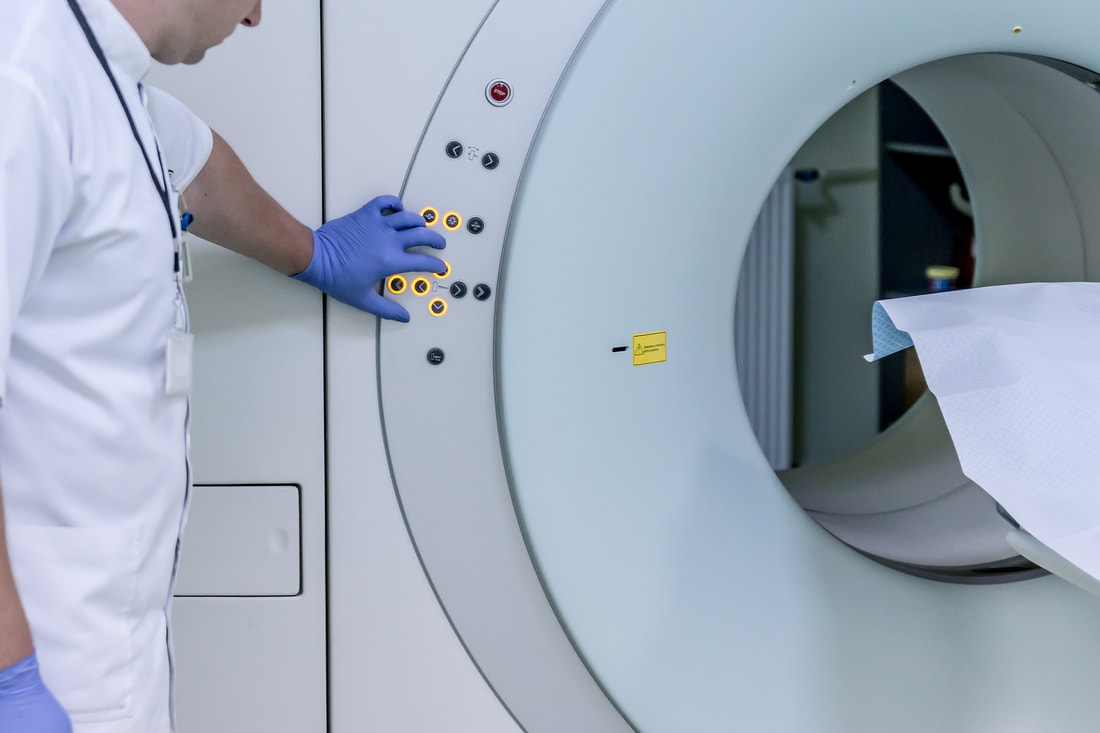
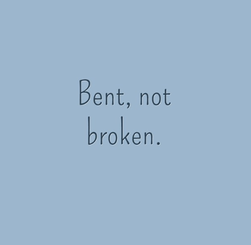
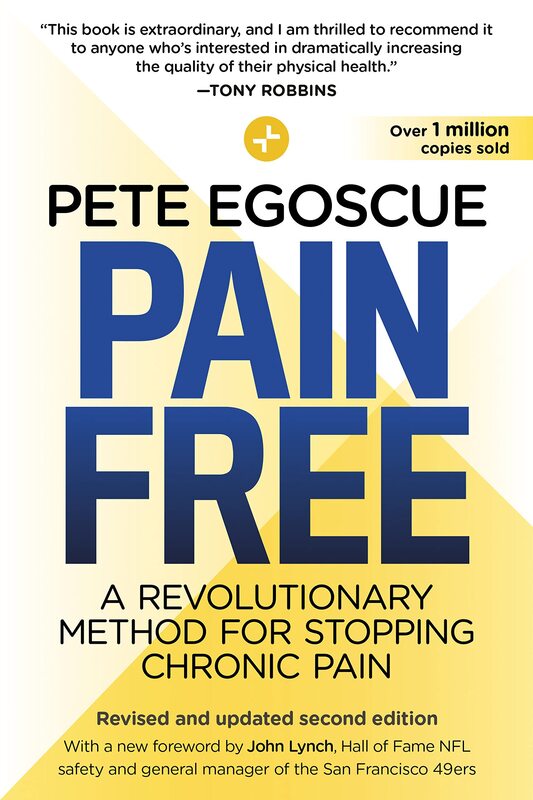
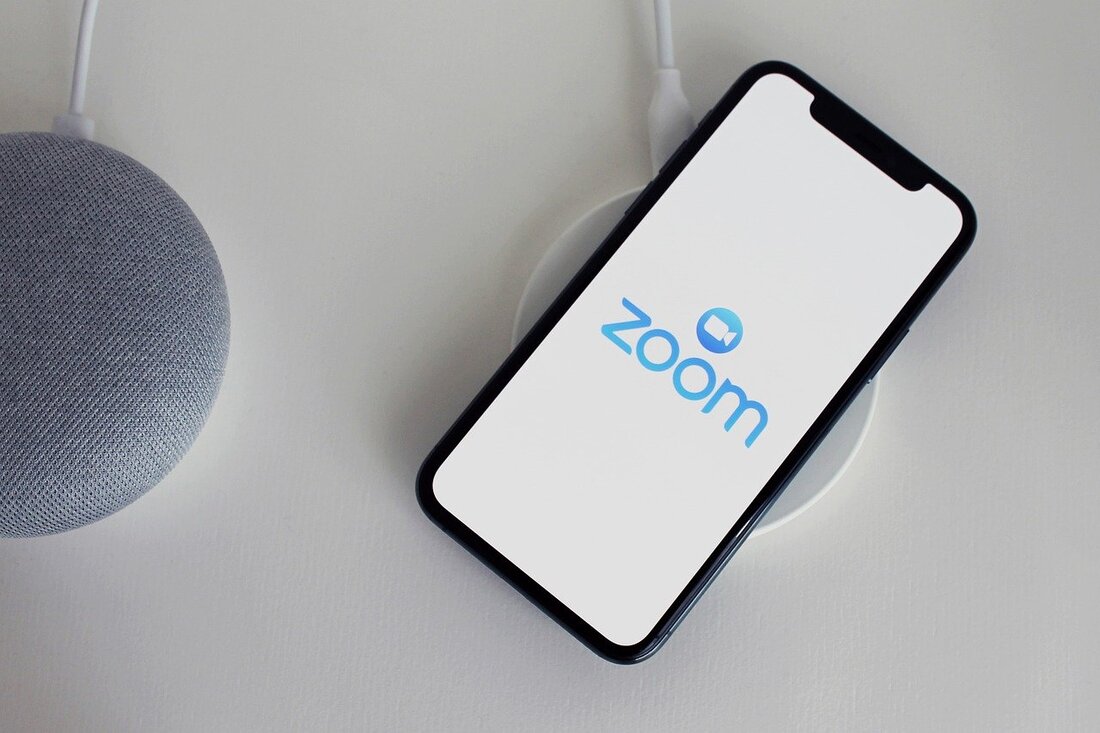
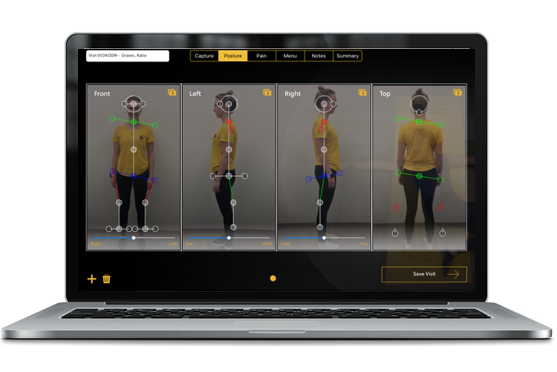
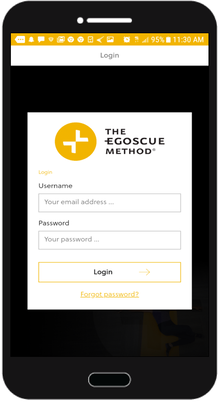
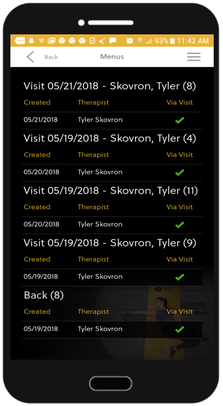
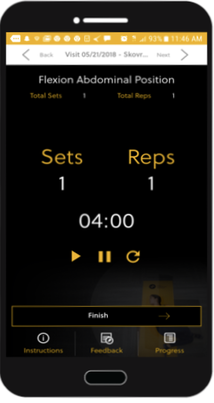
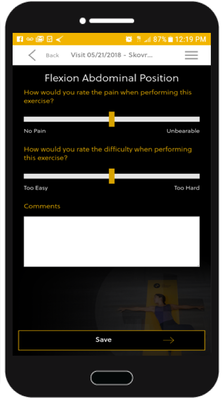
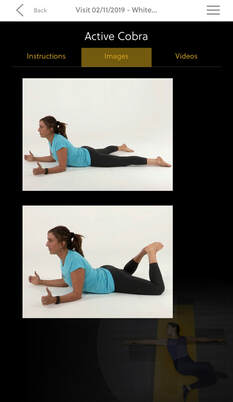
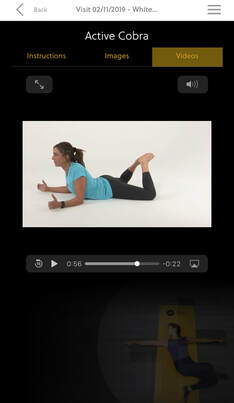
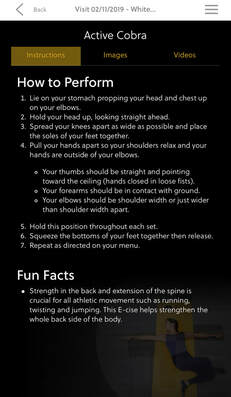
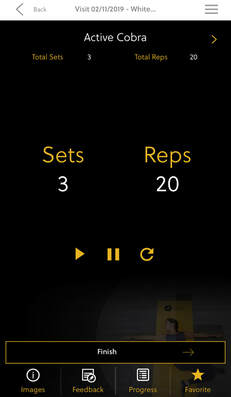
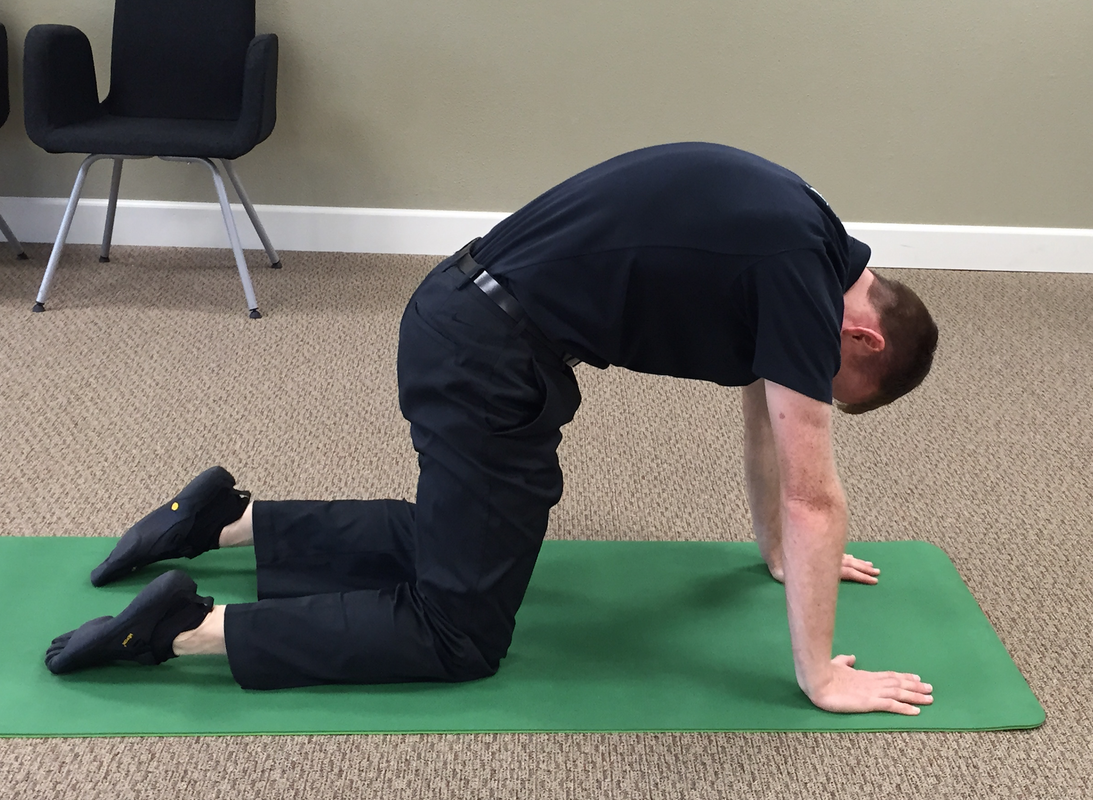
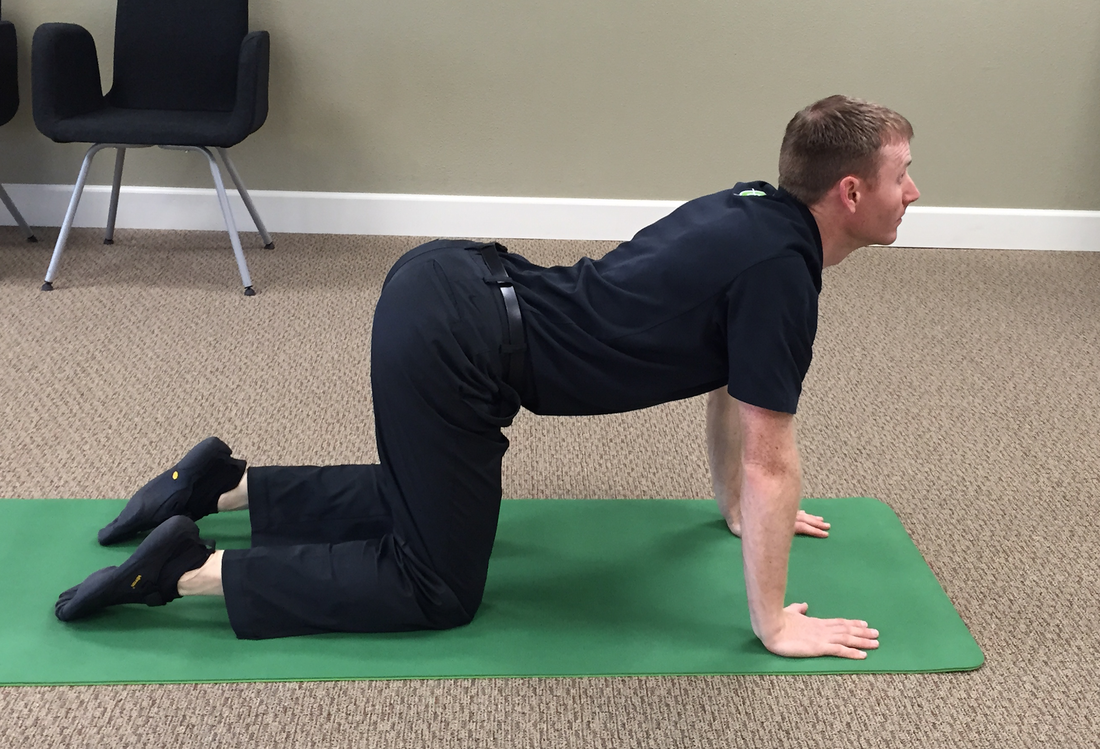

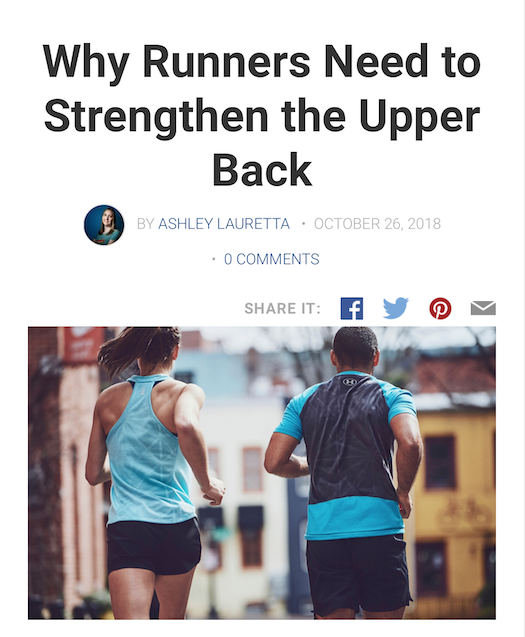
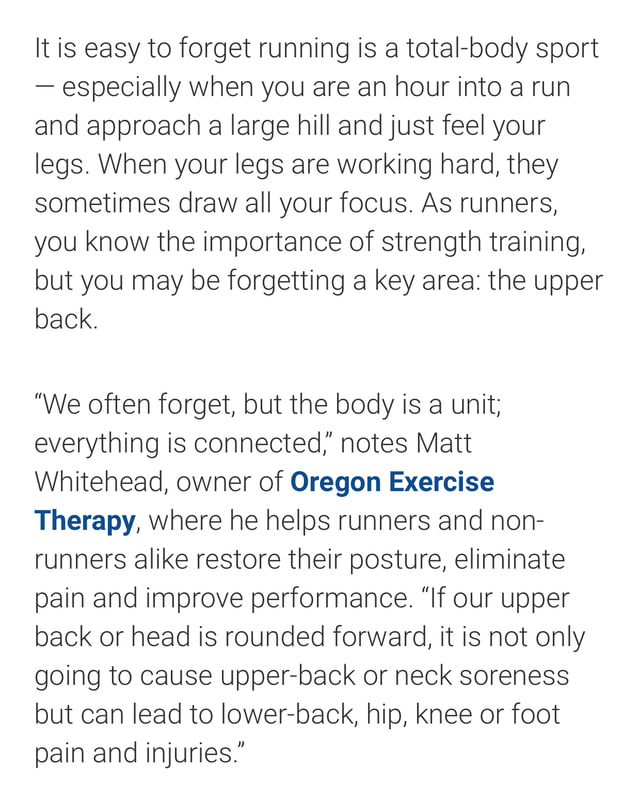
 RSS Feed
RSS Feed
